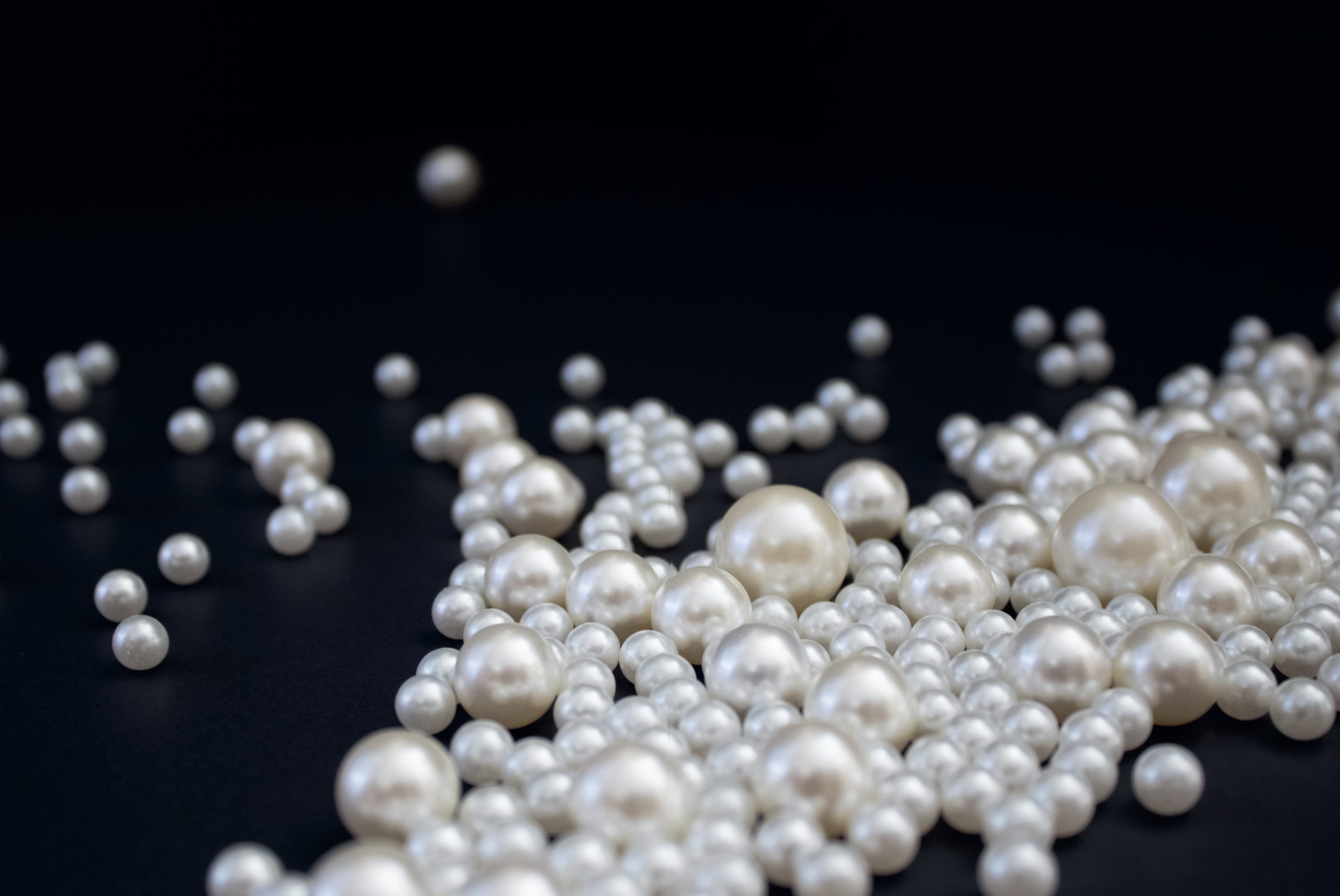
Pearls are organic gems formed in the soft tissue of giant clams, pearl oysters and other molluscs. When a microscopic object, such as a parasite or shell fragment, gets trapped in the soft tissue of the mollusc, it irritates the tissue’s epithelial cells. In response, the mollusc envelopes the irritant in a sac and a crystalline substance called nacre is secreted, which coats the irritant. Over time, a pearl is formed (Figure 1).
Nacre, also known as mother of pearl, is composed of the mineral aragonite, a form of calcium carbonate (CaCO3, see Figure 2 and CHEMISTRY REVIEW, Vol. 20, No. 3, pp. 8–11). The combination of inorganic aragonite in an organic protein matrix (namely conchiolin) means that nacre is a composite material.
Your organisation does not have access to this article.
Sign up today to give your students the edge they need to achieve their best grades with subject expertise
Subscribe




